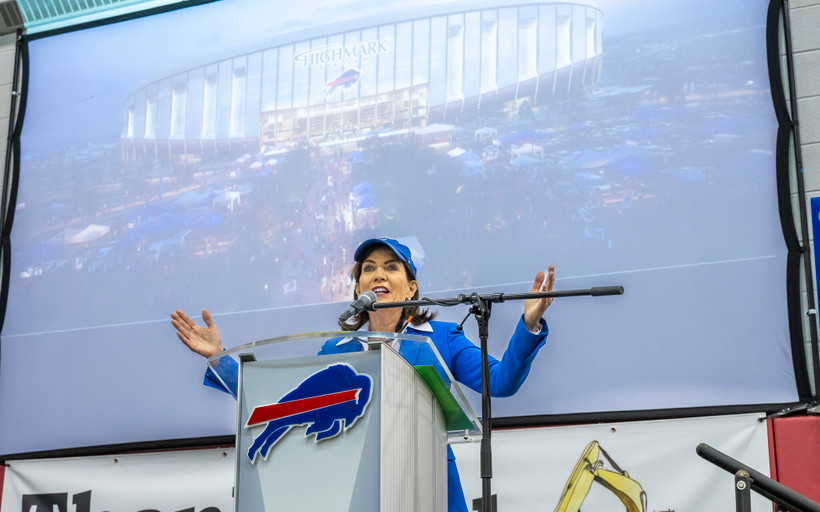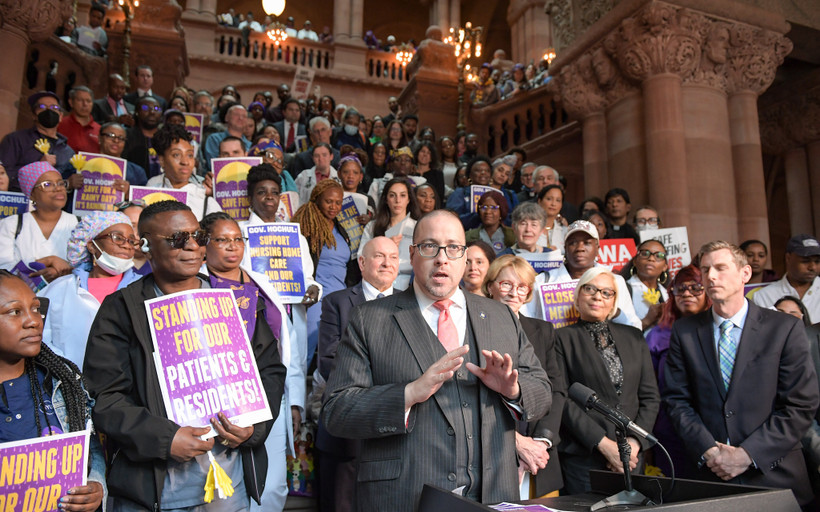Kathy Hochul Bets Half a Billion on Horse Racing. Will the Industry Pay Her Back?
New York’s biggest racetracks have been declining for decades. They’ll likely need more state subsidies to cover their debts.
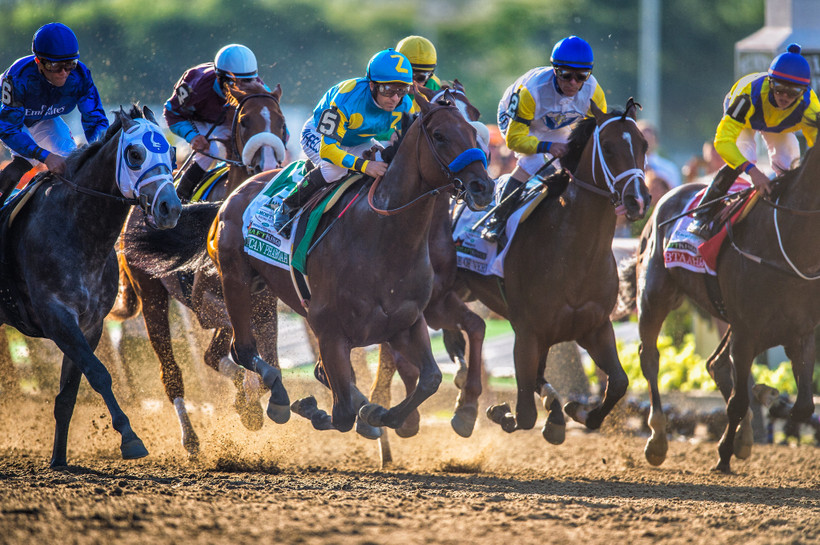
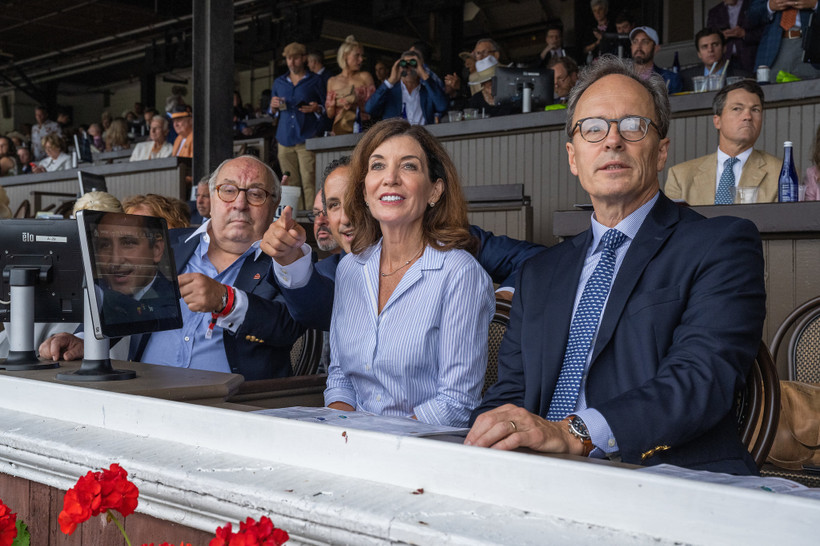
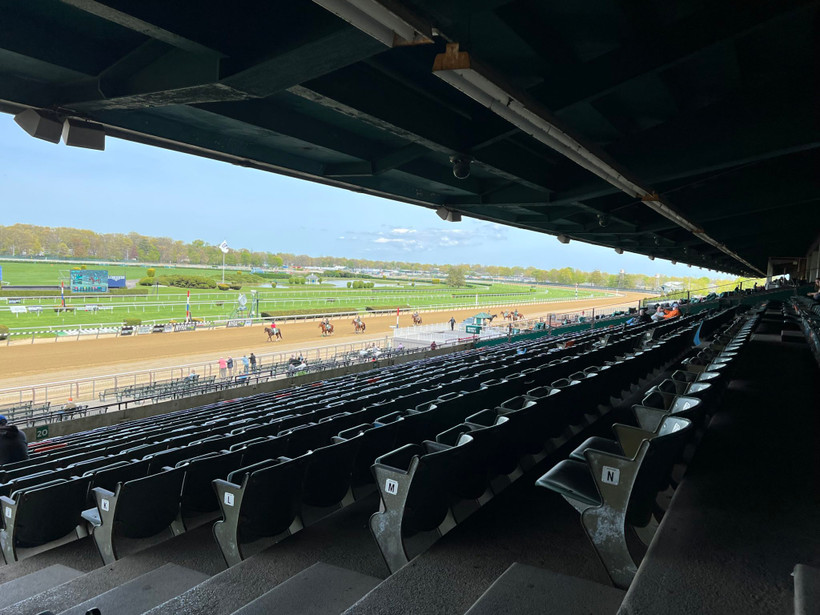
CORRECTION: February 7, 2023 — This story previously reported that the New York Racing Association has received $2.9 billion in subsidies from the state since 2008. The figure applies to the horse racing industry as a whole, which includes NYRA.

Guidelines limiting gifts of taxpayer resources have “no teeth whatsoever,” according to good government watchdog.
Local regulations haven’t kept up with the rollout of new surveillance tech. Some reformers see Washington as their best hope.
As the state legislature considers a bill to change warranty payments, unions join their bosses to make car companies pay more.
Hochul’s proposed Medicaid cuts include $125 million from Health Homes, a program that connects the neediest New Yorkers with medical care, food assistance, and more.
One in five kids in New York live in poverty. Legislators are pushing Hochul to fulfill her promise to cut that rate in half.
The Assembly and Senate want to beef up labor standards and farmland protections for clean energy projects. Developers say that would slow down the energy transition.
